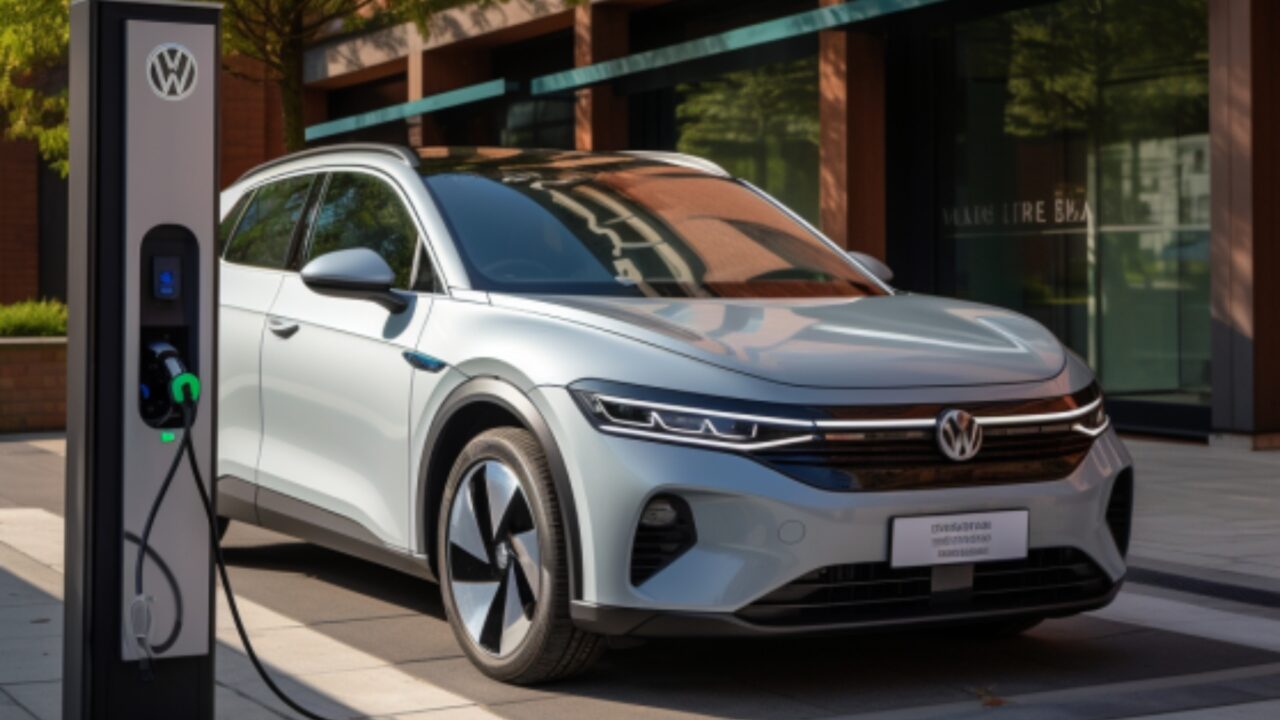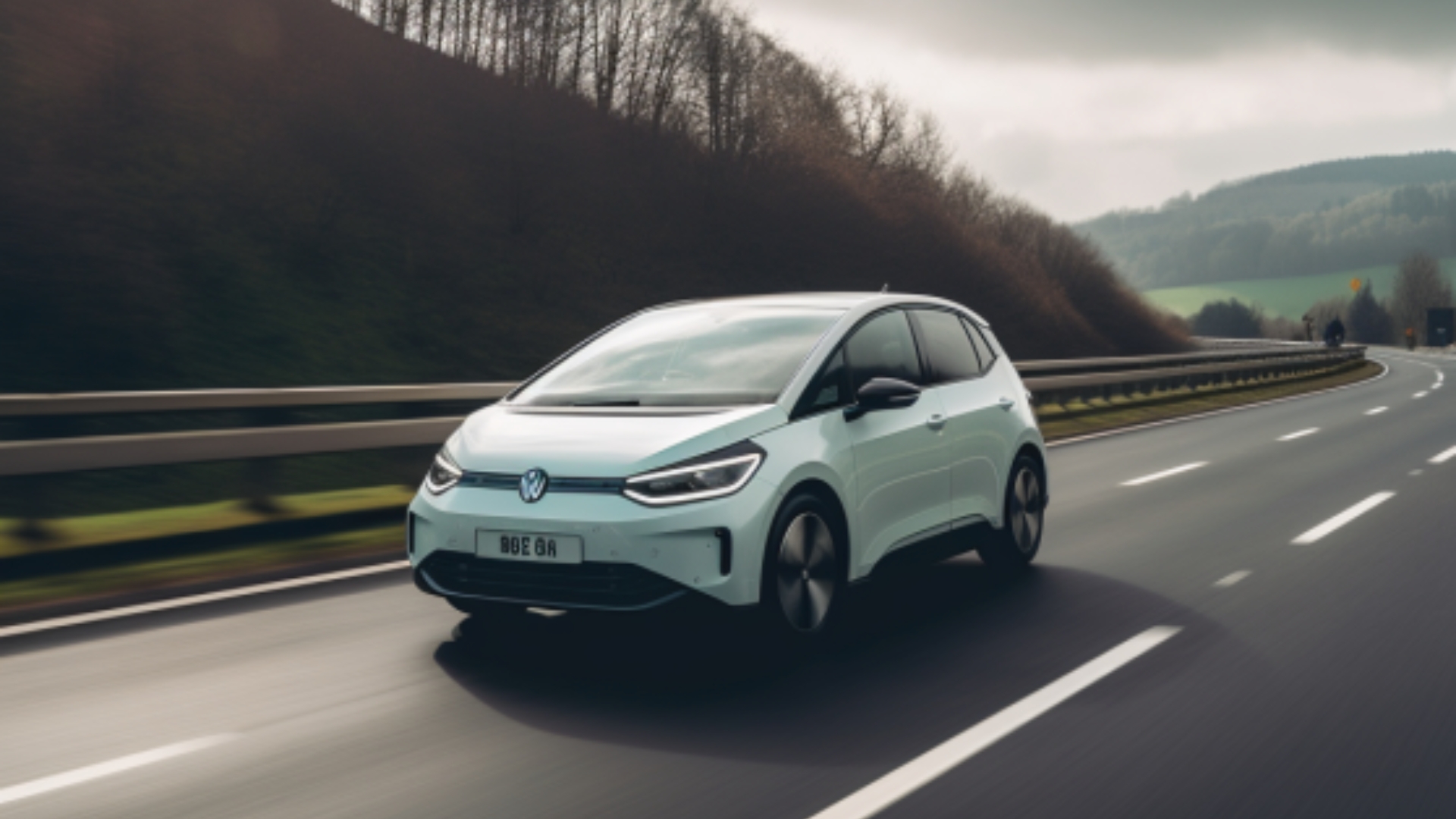Manufacturers advise charging your electric car to 80% instead of 100% and this has an impact on your range. Optimise your charging strategy and learn how to nurture your battery’s longevity.
Will charging your EV to 100% all the time will degrade your battery? As an EV owner, you are likely to have come across the recommendation to charge your car’s battery to 80% instead of reaching a full 100% charge. In this informative post, we’ll explore the reasons behind this and uncover the benefits and some great workarounds for your longer trips.
Nurturing your battery’s longevity
Maintaining a healthy battery is key to maximising your electric car’s lifespan. Most electric cars are equipped with Lithium-Ion batteries that operate most efficiently within a range of approximately 20% to 80%.
Charging to 100% occasionally for long journeys is safe, but charging to 80% whenever possible can significantly extend the battery’s overall health. By analogy, it’s like not revving the engine of a petrol vehicle to the maximum every time you drive, as being gentle with the hardware increases its longevity and future efficiency.
Charging your electric car to 80% strikes the perfect balance between range and battery efficiency. By stopping at 80%, you optimise your driving range while minimising the strain on the battery.

So, if you’re planning a road trip in your electric car here are some valuable tips to ensure you have a smooth and efficient journey.
Optimise your charging strategy
When preparing for a road trip, charge your car’s battery to 80% overnight. In the morning, top up with an additional amount so that you’re ready to hit the road within 5 to 10 minutes of reaching a higher charge level.
By minimising the time your battery spends at 100%, you can help reduce deterioration. This strategy allows you to start your trip with confidence, knowing that your battery is primed for the adventure ahead.
Calculate your arrival charge
To avoid any range anxiety during your journey, calculate the estimated charge percentage you’ll have when you arrive at your destination. Aim to have over 20% remaining to ensure you have a comfortable buffer in case of unforeseen circumstances or diversions.
Knowing you have ample charge upon arrival provides peace of mind and allows you to enjoy your trip without worrying about finding a charger immediately.

Real-time car insights
The range displayed on your electric car’s dashboard can vary based on various factors, including your driving efficiency, speed, weight in the vehicle, and other power-consuming features.
For instance, a new ID.3 might show 220 miles at 100% charge, but after two years, it could decrease to 195 miles. At 80% charge, it might show 145 miles. Efficient driving, achieving, for example, 4.2 miles per kilowatt-hour, can positively impact your range.
An ID.4 pro awd from 2022 might show 255 miles at 80% charge or it might show 220, depending on how efficiently you have been driving, how fast you have been driving, how much weight was in the car and what other drains on the power you have been using.
Another example is the Tesla Model 3. The Standard Range Plus has a 240-mile range with a full battery, but this will drop to around 215 miles at a default 90% of charge.
Tools to help you understand battery efficiency and range
If you’re keen on monitoring your car’s performance and receiving valuable data in real time, consider purchasing a Bluetooth OBD2 dongle. These handy devices connect to your car’s OBD2 engine management system, providing access to fault codes, performance metrics, sensor data and more.
With this scanner, you can gain deeper insights into your vehicle’s operation and optimise your driving habits accordingly.
Unleashing the full potential
Charging your battery to 100% is perfectly safe and necessary for longer journeys or days with limited charging opportunities. It gives you the maximum possible range and ensures you’re prepared for any extensive travel requirements.
Charging smarter, not harder
Controlling Your Charge Modern electric cars often offer menu settings that allow you to set the desired charge level, such as 80%, ensuring your car stops charging automatically once it reaches that level. Many home and public chargers also provide this feature, allowing you to customise your charging experience.

Charging to 80% will save you time
Charging your electric car to 80% strikes the perfect balance between battery health, efficiency, and convenience. While it’s safe to charge to 100% for longer journeys, making 80% your regular charging goal ensures you maximise your battery’s lifespan and enjoy optimal performance on your electric adventures in the UK.
Particularly during long journeys. As you approach full charge, the charging process slows down significantly, similar to carefully filling a glass of water to avoid spillage. Charging to 80% and driving for a while before topping up again ensures you make the most of the charging speed, especially when using rapid chargers.
Some cars take almost as long to charge from 80% to 100% as they do from 10% to 80%. This is because as the battery gets closer to full, the charger has to work harder to find space within the cells, resulting in slower charging. By charging to 80% and then driving for a while before topping up again, you make the most efficient use of the charging process.
By following these charging guidelines, not only do you optimise battery health and efficiency, but you also contribute to a smoother and more considerate charging experience for others. It’s worth noting that extreme temperatures and fully depleting your battery can accelerate wear and reduce range, so keeping your battery between 10% and 90% is generally recommended.
